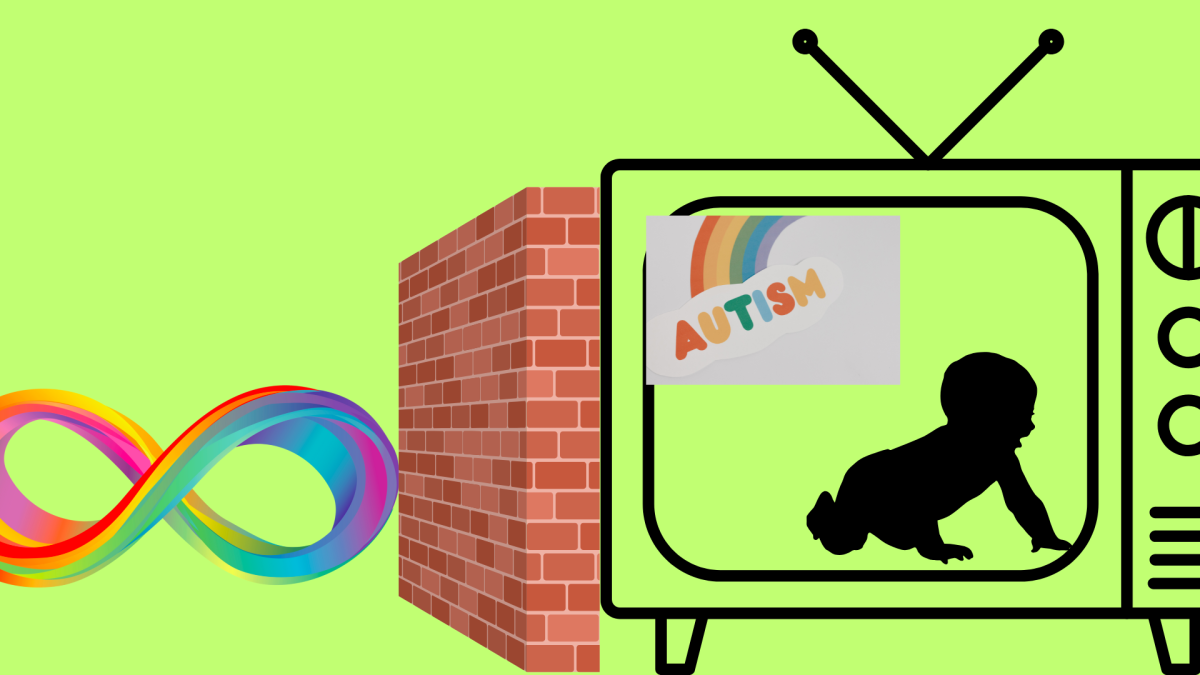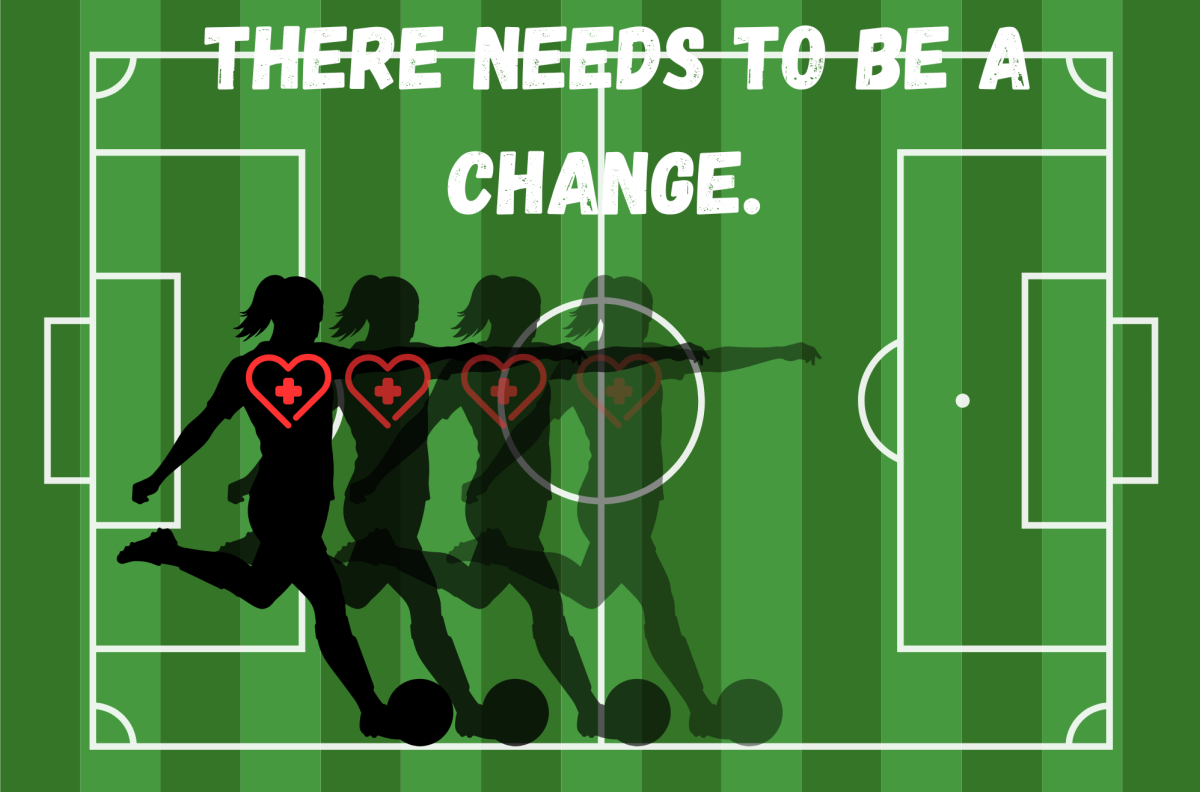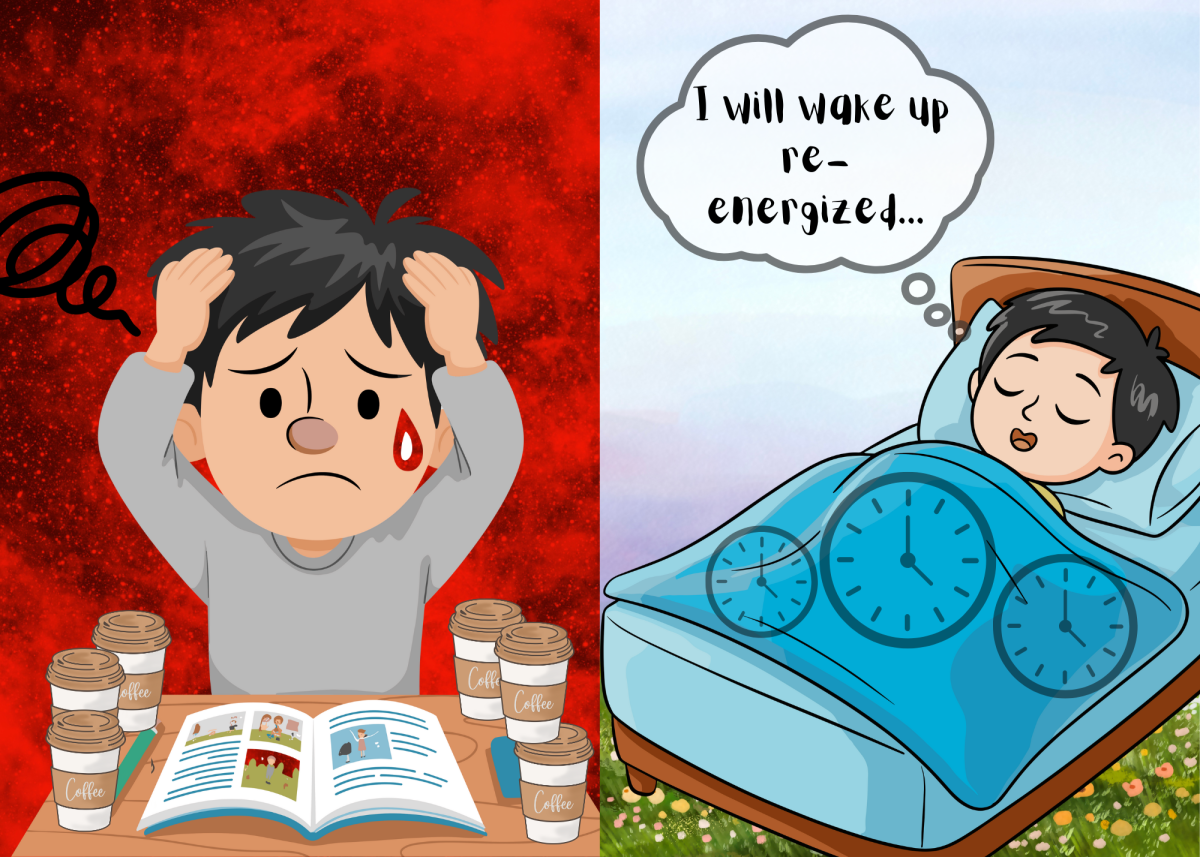One evening, I was texting with a friend about the character of Spock from Star Trek. I brought up how he reflected (and didn’t reflect) the experiences of people on the autism spectrum. Thinking about that, I realized something: Spock belongs to a very specific trope of autistic representation, aloof yet a scientific wonder. But I’m on the autism spectrum, and I’m neither aloof nor scientifically gifted. I love other things, like writing, history, and Doctor Who, and although I might not be as social as other people, I like to think I have a sort of charisma. Where is there a character with autism who is like me?
Of course, they call it “the autism spectrum” for a reason: autism is a vast continuum of the same patterns, each displayed in different ways and on different levels by different people. Given that complexity, it’s understandable for makers of television to get some things wrong. But trying to create television that meaningfully reflects the way people on the spectrum think and live sends autistic audiences the message that we belong and are understood.
When people on the autism spectrum are represented on TV, we are sometimes depicted as detached, yet talented geniuses (think Sherlock Holmes from 2010’s Sherlock). Other times, we look “broken” and non-functional. In The Simpsons, Ralph Wiggum is never diagnosed with any disorder, but his personality hardly extends beyond innocent cluelessness and comical ignorance. He seems almost to be a running general lambast of people with intellectual disabilities.
Indeed, autism has a tendency to become an overriding aspect of a character–to the point where it’s the only thing that defines them, or that seems to influence them. A 2023 study highlighted how stereotypical, un-nuanced writing could make characters on the autism spectrum seem one-dimensional, or deprive them of a personal narrative. When, for instance, have you ever seen a character with autism overcoming a bias, confronting a fear, or reconciling with an insecurity?
It is also common for characters to be “coded” as being on the spectrum. They have certain traits associated with the condition, even though it’s never actually spoken. This doesn’t have to be a bad thing–people shouldn’t have to always put a label on how they think–but junior Sam Schultz believes that it can prevent audiences from recognizing autism.
“The problem with that is that some neurotypical people might be like, ‘Oh, that character’s just so quirky! Ha-ha!’ And they may not really understand.”
So, what can be done? A great first step is to get people with autism, from as many different points on the spectrum as possible, in writers’ rooms, behind the camera, and as actors. These people are best able to express what life on the spectrum means for them. Be sure not everyone you hire is white, cisgender, heterosexual, or male. Much of the current understanding of autism is centered around data from this particular pool, and making it clear that any kind of person can be on the autism spectrum may help make it easier for people from minority groups to be diagnosed.
There’s also a need to address misconceptions about those on the autism spectrum who have more visible challenges in areas like communication, emotional regulation, and executive function. “…I don’t want them to just seem completely helpless,” Schultz said. “Because it’s not like they are helpless and unable to do anything on their own….I feel like they’d have to still be seen as someone who isn’t a useless baby that can’t do anything on their own.” There should be a greater focus on the strengths and motivations of characters on the autism spectrum.
To this point, when writing about people with autism, it’s necessary to provide a complete picture of them as a person. Good writing, after all, explores many different sides of a character. What’s their personality like? What drives them to behave in ways that advance the plot? How are they flawed, and how does that impact them and others around them? What is the lesson they are supposed to learn–or that the audience is supposed to learn from them? Although one aspect of a character may be well-known or hook the audience, it should not be all that is seen. It’s just a matter of applying this truth of storytelling to characters who happen to be on the spectrum.
It’s important to hold out hope and savor the victories that come in the fight for better representation of autism. Improvements are already happening, and it’s worthwhile to fight for more of them. Although television might not exactly fix the many issues people on the autism spectrum face in real life, it’s at least helpful to watch our favorite shows and be reminded that we can be ourselves and still soar as high as anyone else.










Courtney Hanson • Feb 14, 2025 at 12:45 pm
Reed,
This is a very thoughtful piece…thank you for writing it.